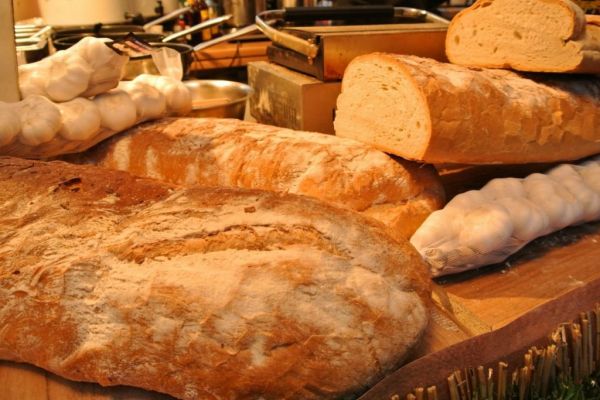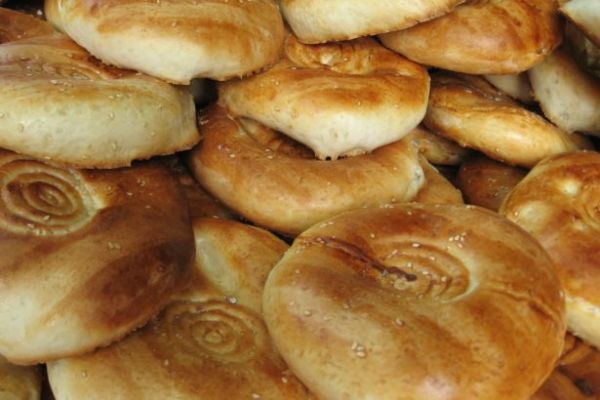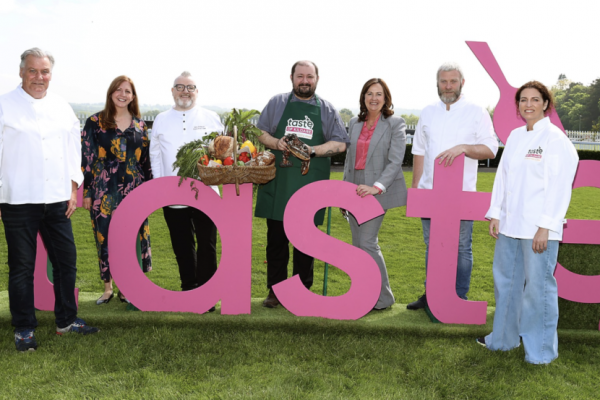For an increasing number of Indonesians, rice and noodles are no longer at the top of the menu. Bread is becoming a new food staple.
A voracious appetite for sandwiches and baked goods like cakes, pastries and donuts has turned the world’s fourth-most populous nation into the No. 2 importer of wheat. Consumption of the grain has doubled since 2002, quite a feat for a tropical archipelago that, unlike most other major buyers, grows none.
Baked goods are often just easier to eat than noodles or cooked rice at home. Their appeal has risen as the Indonesian economy more than tripled over a decade, boosting incomes for a middle class willing to pay more for fast, convenient meals. Consumption of bread and cakes jumped almost 60 percent in the past four years, the Indonesia Bakery Association estimates. Dunkin’ Donuts Inc. has shops in more than 17 cities, and Krispy Kreme Doughnuts Inc. runs nine outlets in Jakarta alone.
“Sometimes, we get bored with rice and eating the regular Indonesian dishes,” Andy Bachtiar, a 35-year-old marketing supervisor, said as he chomped his way through a 70,000 rupiah ($5.30) tuna sandwich for dinner with his wife and daughter at Raffel’s Sandwich shop near Jakarta. “We both work, so we need easy-to-eat food for breakfast or sometimes just for snacks.”
While global wheat inventories are around the highest ever after record harvests in 2014, increased demand from Indonesia may benefit the world’s top exporters, including the U.S. and Canada, and Australia, Indonesia’s main supplier.
The country also imports rice and corn to supplement domestic production, and President Joko Widodo has vowed the country will be able to boost output of those grains enough to be self sufficient by 2018. Even if he’s successful, Widodo won’t be aable to ease Indonesia’s dependence on foreign wheat because the climate doesn’t suit its cultivation.
Pawan Kumar, an analyst at Rabobank International in Singapore, said Indonesia may import more than 10 million tons by 2020. Egypt may buy less as it reforms food subsidies, according to Amy Reynolds, an economist at the International Grains Council in London.
Sales of bread, cakes and pastries may rise to 688,000 tons in 2019 from 560,400 tons in 2014 and 429,700 tons in 2009, Euromonitor said in a March report. Consumption of all baked items grew to 1.75 million tons in 2014 from 1.1 million in 2010, based on the amount of wheat flour consumed by the industry, said Chris Hadijaya, head of the bakery association.
Indonesians also eat more instant noodles than anyone except South Koreans and Vietnamese, devouring 53 packets per person last year, according to the World Instant Noodles Association in Tokyo. In China, the world’s most populous country, demand was 33 packets per person, the data show.
The noodle industry used 70 per cent of the nation’s wheat flour last year, while bakeries consumed 20 per cent and the rest was split between homes and commercial biscuit makers, the USDA’s Foreign Agricultural Service wrote in an April report.
Bloomberg News, edited by Hospitality Ireland









